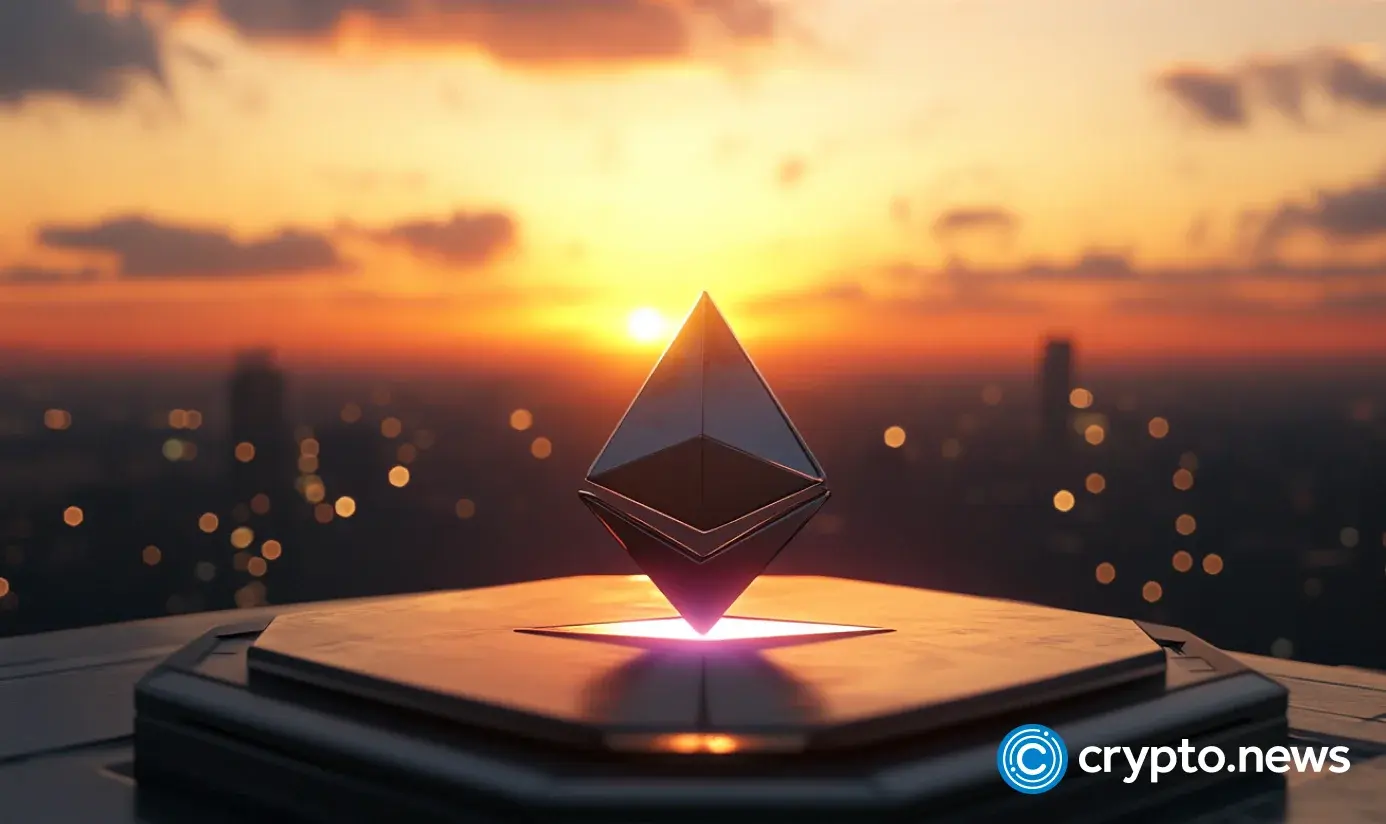Ethereum’s Next Big Upgrade: What to Expect from Fusaka
The Ethereum community is abuzz with the upcoming Fusaka upgrade, slated to launch in early November. This latest iteration promises to boost performance and security behind the scenes, rather than introducing flashy new features for users. Think of it as a tune-up for the network, aimed at keeping things running smoothly as demand grows.
The Lowdown on Fusaka
So, what exactly does Fusaka bring to the table? For starters, it’s part of Ethereum’s accelerated upgrade cycle, which aims to keep the network nimble and responsive. Unlike previous upgrades, which introduced user-facing features, Fusaka focuses on technical improvements that will enhance performance, scalability, and node security. These changes might not be immediately visible to users, but they’ll help keep the network humming along.
Key Improvements
Some of the notable changes include a higher gas limit, which will allow more transactions to be processed per block, potentially reducing fees and increasing network capacity under heavy demand. There are also new safety features, such as EIP-7825, which will help protect nodes from spam or malicious messages. Although a proposed change to double the code size limit (EIP-7907) was ultimately dropped, it may resurface in a future fork.
Community Voices and Timelines
The Ethereum community has been actively involved in the development process, with members like Nixio weighing in on the importance of sticking to a strict schedule. The goal is to have Fusaka up and running before the Devconnect conference in Buenos Aires, which takes place from November 17th to 22nd. To get there, the team has been working through a series of testnets, including a devnet that went live in mid-July, followed by public testnets in September and October.
How We Got Here
Ethereum’s upgrade cycle typically follows a six-month timeline. The last major fork, Pectra, launched in May, introducing features like account abstraction and higher validator limits. Shortly after, discussions began about the next step, with Fusaka emerging as a top priority by mid-2025. Since then, the team has been working tirelessly to refine the upgrade, with regular meetings and testing to ensure a smooth rollout.
What’s Next?
Assuming everything goes according to plan, Fusaka will activate on the Ethereum mainnet in early November. This will be a significant milestone, marking another step forward in the network’s evolution. While Fusaka might not be a revolutionary overhaul, it’s a crucial step in keeping Ethereum competitive with other chains and layer-2 solutions. By boosting capacity and strengthening the network’s defenses, Fusaka will help create a more inviting environment for DeFi apps, games, and other applications.

